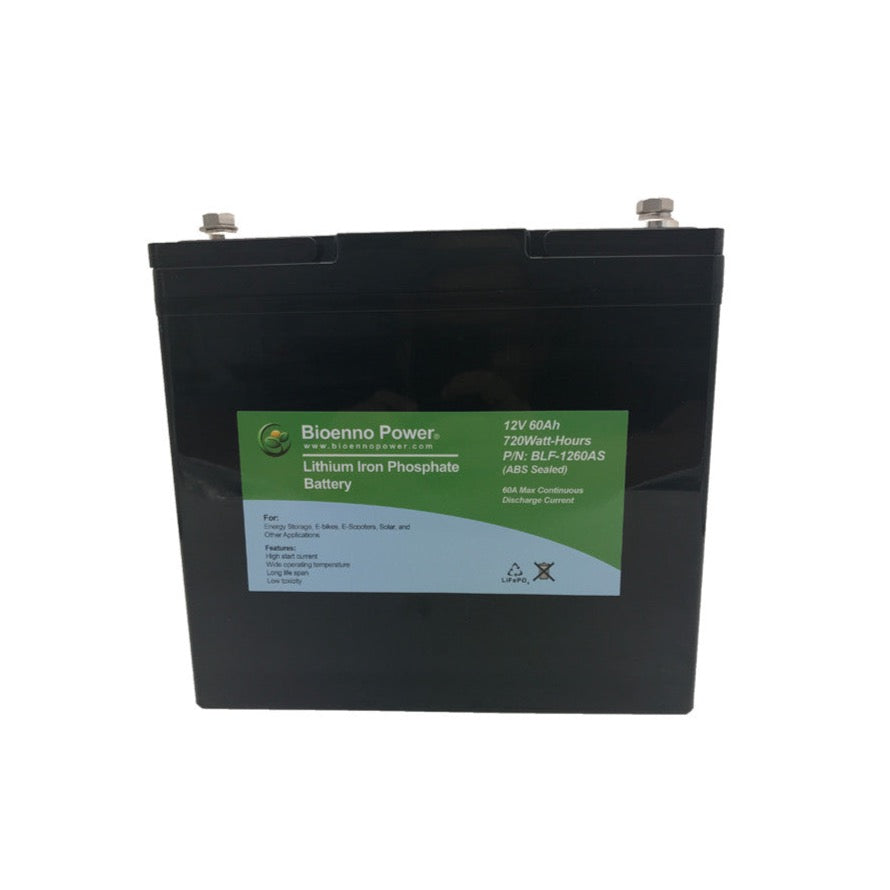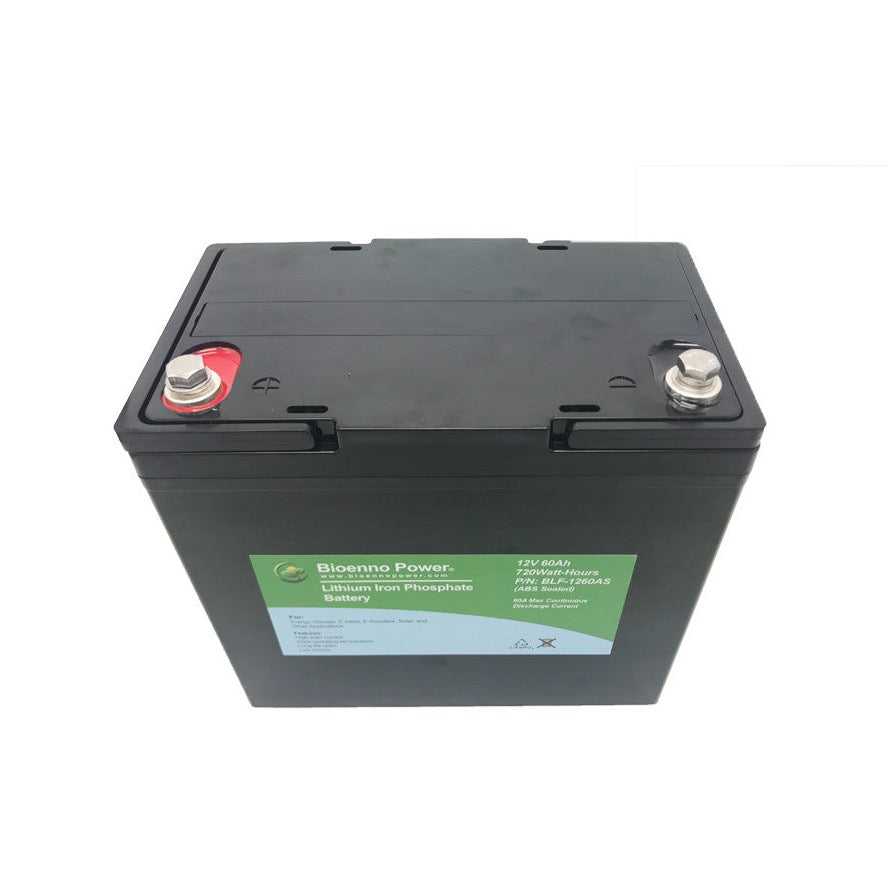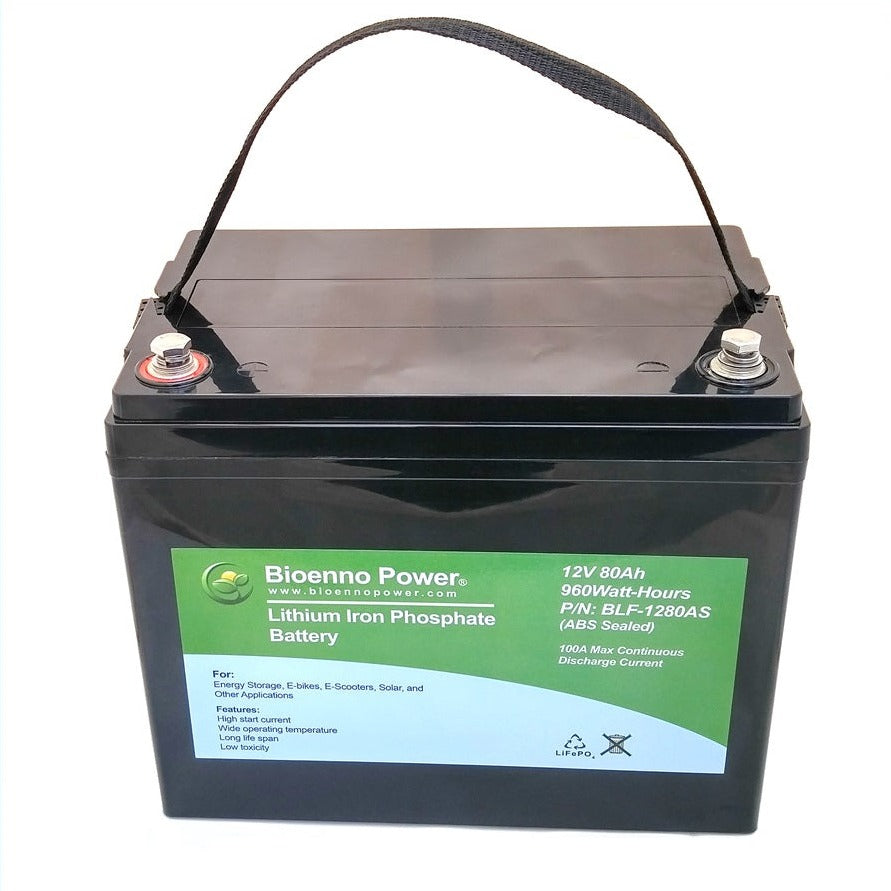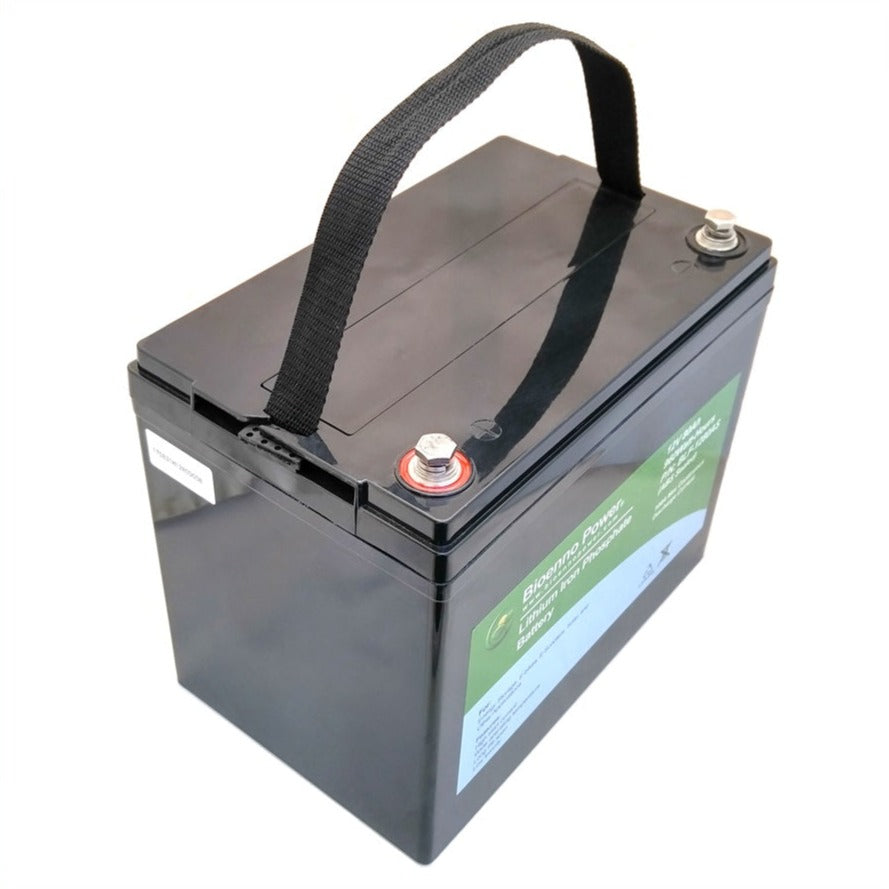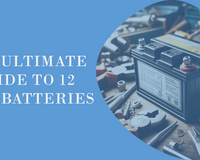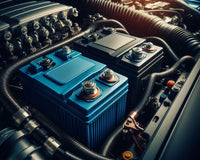A deep cycle marine battery is fundamentally different from the standard car battery. While car batteries are designed for providing a large burst of power for a short period (mainly to start the engine), deep cycle batteries are engineered to deliver a steady amount of power over a longer period. This attribute makes them ideal for powering various onboard electronics like GPS, fish finders, radios, and lighting systems during your boating excursions.
-
Construction and Types: Deep cycle batteries come in various types, including flooded lead-acid, Absorbed Glass Mat (AGM), and lithium-ion. Each has unique features; for instance, flooded batteries are often more affordable but require regular maintenance, whereas AGM batteries are maintenance-free and offer better vibration resistance, crucial for rough waters.
-
Capacity and Voltage: Understanding the capacity (measured in ampere-hours, Ah) and voltage is crucial. The capacity indicates how long the battery can supply power before needing a recharge, while the voltage must match your boat’s system requirements.
-
Depth of Discharge (DoD): This term refers to how much of the battery’s capacity has been used. Deep cycle batteries are designed to withstand deeper discharges than regular batteries, but understanding their DoD limits is crucial for longevity.
-
Lifecycle: The lifecycle of a deep cycle battery is a critical factor. It indicates how many charge and discharge cycles a battery can undergo before its capacity significantly diminishes.
2. Regular Maintenance Checks
 Maintaining your marine battery is not just about prolonging its lifespan; it’s also about safety and reliability. Regular maintenance checks can prevent unexpected failures and ensure your battery performs optimally when you need it the most.
Maintaining your marine battery is not just about prolonging its lifespan; it’s also about safety and reliability. Regular maintenance checks can prevent unexpected failures and ensure your battery performs optimally when you need it the most.
-
Terminal Inspection: Battery terminals are prone to corrosion, which can impede the flow of electricity. Regular cleaning of terminals with a wire brush and applying anti-corrosive paste can prevent this issue.
-
Checking Connections: Loose connections can be as problematic as corroded terminals. Ensure that all connections are tight and secure, as this prevents power losses and potential electrical hazards.
-
Visual Inspection: Look for signs of wear, damage, or leaks. Cracks or bulges in the battery case, for instance, can be indicators of internal problems or damage.
-
Electrolyte Level and Specific Gravity Checks: For flooded batteries, it's essential to check the electrolyte levels and specific gravity regularly, which can give insights into the battery’s health and charging needs.
3. Proper Charging Practices
Charging your deep cycle battery correctly is as important as any other maintenance routine. Proper charging not only extends the battery’s life but also ensures it delivers maximum performance during its lifespan.
-
Using the Right Charger: Always use a charger that matches your battery’s specifications. Modern smart chargers can adjust the charging rate based on the battery's condition, which is ideal for maximizing battery life.
-
Avoid Overcharging and Undercharging: Both can be detrimental to your battery’s health. Overcharging can lead to overheating and damage, while consistent undercharging leads to sulfation, reducing the battery's capacity and lifespan.
-
Regular Charging: Even when not in use, a deep cycle battery should be charged regularly. Prolonged periods of disuse without charging can lead to a decrease in overall battery performance.
-
Temperature Consideration: Charging characteristics can change with temperature. Colder conditions may require a longer charging time, whereas hot conditions can lead to faster charging but with a risk of overheating.
By understanding the nuances of your deep cycle marine battery, conducting regular maintenance, and adhering to proper charging practices, you can significantly enhance your boating experience, ensuring reliability and safety on the waters.
4. Monitoring Battery Capacity
Effectively managing your deep cycle marine battery begins with understanding and monitoring its capacity. This is essential for efficient power management and ensuring you don’t get caught off-guard with a depleted battery.
-
Use of Battery Monitors: Installing a battery monitor helps you keep track of the charge status, remaining capacity, and overall health of your battery. These devices provide real-time data, enabling more informed decision-making regarding energy usage.
-
Understanding Usage Patterns: Knowing how much capacity your onboard appliances consume can help you manage the battery life effectively. This involves recognizing which devices are power-hungry and planning usage accordingly.
-
Planning for Consumption: It’s wise to plan your power usage based on the capacity left. For instance, if you're running low on power, you might prioritize navigation systems over less critical devices.
-
Conservative Usage: As a rule of thumb, avoiding draining your battery below 50% of its capacity helps maintain its health and longevity.
-
Regular Testing: Periodic capacity tests can give you an idea of the battery's condition and help you anticipate when it might need replacing.
5. Avoiding Deep Discharges
Deep discharges can be one of the biggest threats to the lifespan of a deep cycle marine battery. It's important to manage your power use to avoid these scenarios.
-
Understanding Depth of Discharge (DoD): Familiarize yourself with your battery’s recommended DoD and try to keep discharges within these limits.
-
Using Power Wisely: Prioritize essential equipment and consider turning off non-essential devices when the battery is running low.
-
Sequential Use of Appliances: Instead of running multiple high-power appliances simultaneously, sequence their use to reduce the load on the battery.
-
Emergency Power Reserve: Always try to maintain a reserve of power for emergency situations, particularly if you are far from the shore.
-
Battery Bank Sizing: Consider sizing your battery bank adequately for your typical usage to avoid deep discharges.
6. Understanding the Impact of Temperature
Temperature plays a crucial role in the performance and lifespan of your marine battery.
-
Optimal Temperature Maintenance: Store and operate your battery within the manufacturer’s recommended temperature range. Extreme temperatures, both hot and cold, can negatively impact battery life and performance.
-
Cold Weather Usage: In cold weather, batteries may have reduced capacity and might require more frequent charging.
-
Heat and Ventilation: Ensure good ventilation around your battery to prevent overheating, especially in hot weather or during heavy use.
-
Storage Conditions: When not in use, store your battery in a cool, dry place to avoid exposure to extreme temperatures.
7. Balancing Battery Load
Proper load management is key to ensuring your deep cycle battery operates efficiently and lasts longer.
-
Understanding Load Requirements: Be aware of the power requirements of each device on your boat and how they cumulatively impact the battery.
-
Sequential Operation: Run high-energy-consuming devices separately rather than all at once, to avoid overloading the battery.
-
Load Balancing Equipment: Using a load balancer can help distribute the energy draw evenly, ensuring no single battery in a multi-battery setup is overworked.
-
Regular Load Checks: Periodically check your electrical systems to ensure they are not overtaxing the battery.
-
Energy Efficient Appliances: Opt for energy-efficient appliances to reduce overall power consumption.
8. Using the Right Type of Battery
Choosing the right type of deep cycle marine battery for your specific needs is fundamental.
-
Lead-Acid Batteries: Widely used, affordable but require maintenance, including water level checks and regular charging.
-
AGM Batteries: Maintenance-free with better vibration resistance, ideal for rough waters but more expensive than lead-acid batteries.
-
Lithium-Ion Batteries: The most expensive option, but offer the longest lifespan, highest efficiency, and are lightweight. They are ideal for boaters needing maximum performance and minimal maintenance.
-
Compatibility with Boat Systems: Ensure the battery type is compatible with your boat’s charging system and power requirements.
-
Consulting with Experts: Don’t hesitate to seek advice from marine battery specialists when selecting the battery type, as they can provide guidance based on your specific boating habits and needs.
By closely monitoring your battery capacity, avoiding deep discharges, understanding the impact of temperature, balancing the load, and choosing the right type of battery, you can significantly enhance your boating experience. These practices not only prolong the life of your marine battery but also ensure your safety and convenience during your aquatic adventures.


 Maintaining your marine battery is not just about prolonging its lifespan; it’s also about safety and reliability. Regular maintenance checks can prevent unexpected failures and ensure your battery performs optimally when you need it the most.
Maintaining your marine battery is not just about prolonging its lifespan; it’s also about safety and reliability. Regular maintenance checks can prevent unexpected failures and ensure your battery performs optimally when you need it the most.

